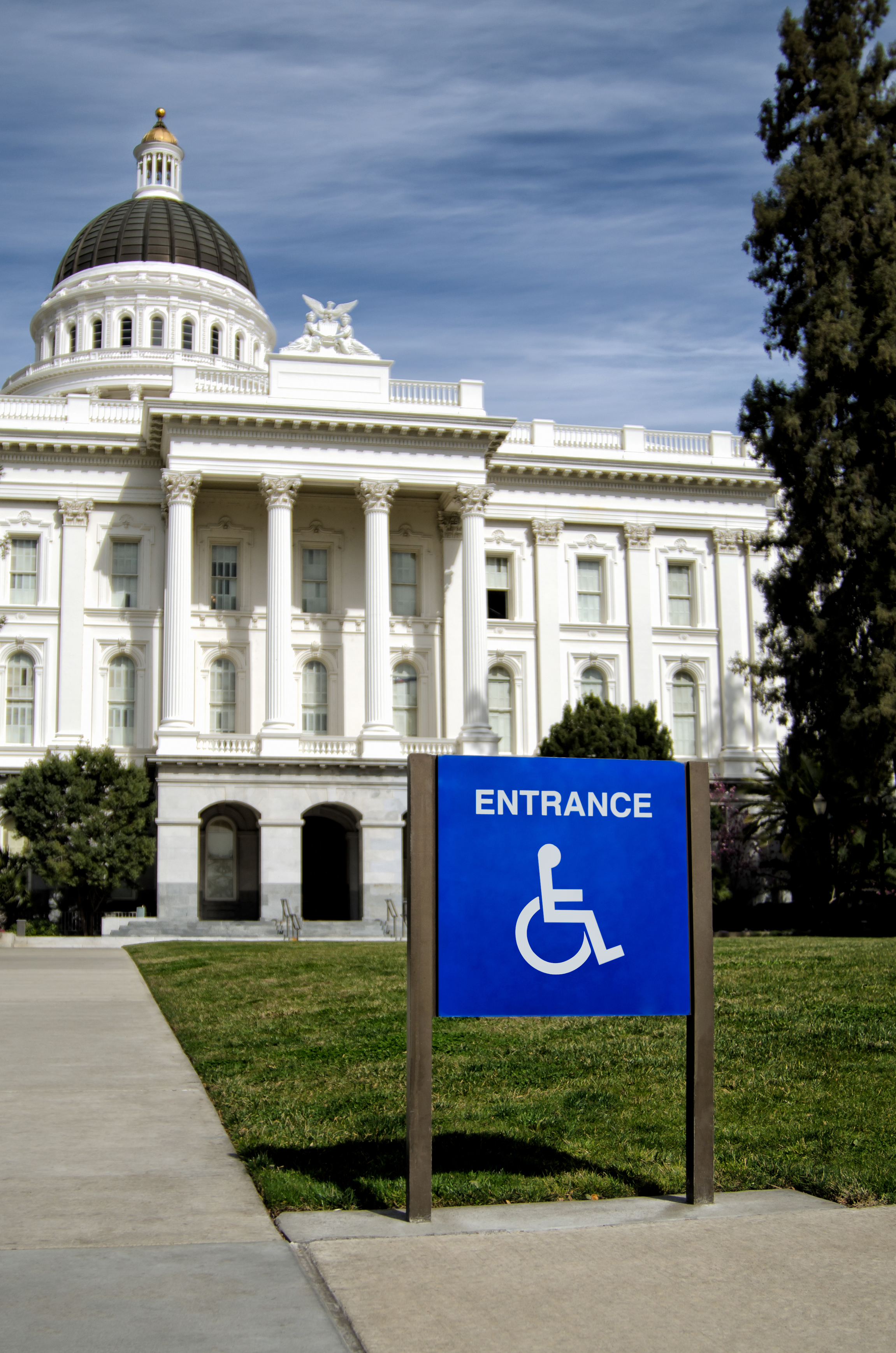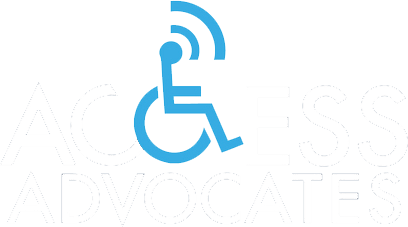ADA access to state and local government facilities–and to any facility “constructed by, on behalf of, or for the use of a public entity”–must follow the guidelines put forth in The 2010 ADA Standards for Accessible Design, an addition to The Federal Register by the U.S. Department of Justice.
If a government or public building was begun as new construction “on or after March 15, 2012, ” these 2010 ADA standards apply. The 1991 ADA accessibility mandates affect an earlier-built structure. However, if a public entity can “clearly demonstrate that it is structurally impracticable to meet these 2010 requirements,” it will not be forced to comply.
If managers of a government or public facility plan to alter it in ways that affect accessibility as defined in the 2010 ADA Standards, this altering must be accomplished so that “paths of travel” to these (changed) areas– and to “the restrooms, telephones and drinking fountains serving these (changed) areas”–are fully “usable by individuals with disabilities,” including those requiring wheelchairs.
The term “path of travel” means “a continuous, unobstructed way of pedestrian passage…(a means of) approach, entrance and exit.”
In addition, any section of said government or public facility that serves a “primary function” must be ADA-accessible per the 2010 guidelines. A “primary function” is any “major activity for which the facility is intended.” Sections that house a “primary function” include “dining areas or cafeterias, meeting rooms, conference centers and any offices,” where the day-to-day work of the facility is done.
 Regarding building alterations to insure ADA access which might involve “structural impracticability,” the 2010 ADA Standards delineate “costs exceeding 20% of the cost of the alteration to primary function areas” as the cutoff. In these cases, expenditures can be counted if they provide “an accessible path of travel,” and include the costs of: 1) “widening doorways and installing ramps,” 2) adding “grab bars and accessible faucet controls, and enlarging toilet seats” in rest rooms, 3) repositioning telephones “to accessible heights; installing amplification devices and text telephones (TTYs),” and 4) lowering drinking fountains.
Regarding building alterations to insure ADA access which might involve “structural impracticability,” the 2010 ADA Standards delineate “costs exceeding 20% of the cost of the alteration to primary function areas” as the cutoff. In these cases, expenditures can be counted if they provide “an accessible path of travel,” and include the costs of: 1) “widening doorways and installing ramps,” 2) adding “grab bars and accessible faucet controls, and enlarging toilet seats” in rest rooms, 3) repositioning telephones “to accessible heights; installing amplification devices and text telephones (TTYs),” and 4) lowering drinking fountains.
Contact us if you believe your rights under the Americans With Disabilities (ADA) Act have been violated because you have not been easily able to enter, make your way along “paths of travel” for, access the “primary function” areas of, or exit a government or public facility.

